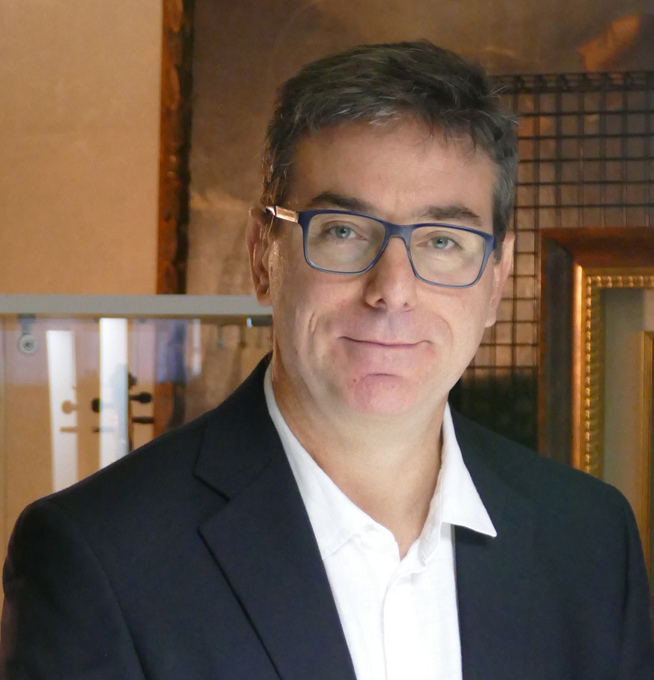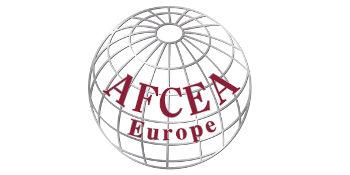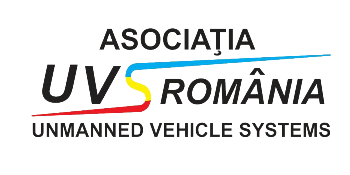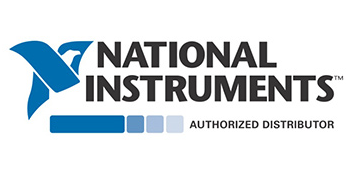21 June, 2019
Radar evidence of subglacial liquid water on Mars

Roberto Orosei
National Institute of Astrophysics
Institute for Radio Astronomy
Italy
ABSTRACT
The presence of liquid water at the base of the Martian polar caps has long been suspected but not observed. We surveyed the Planum Australe region using the Mars Advanced Radar for Subsurface and Ionosphere Sounding, a low-frequency radar on the Mars Express spacecraft. Radar profiles collected between May 2012 and December 2015, contain evidence of liquid water trapped below the ice of the South Polar Layered Deposits. Anomalously bright subsurface reflections were found within a well-defined, 20km wide zone centered at 193°E, 81°S, surrounded by much less reflective areas. Quantitative analysis of the radar signals shows that this bright feature has high dielectric permittivity >15, matching water-bearing materials. We interpret this feature as a stable body of liquid water on Mars.
SPEAKER BIO
Dr. Roberto Orosei was born in Reggio Emilia, Italy. He studied at the University of Bologna and received a Ph.D. degree from the University of Rome "La Sapienza". After spending two years as a Research Fellow at the European Space Research and Technology Centre in Noordwijk, the Netherlands, he moved to the Institute for Space Astrophysics in Rome, where he participated in the design and realization of instruments for solar system exploration missions. He is a science team member of space experiments for the Rosetta and Jupiter Icy Moons Explorer missions of the European Space Agency, and for NASA's Cassini, Mars Reconnaissance Orbiter, Dawn and Juno probes. He is the principal investigator of the MARSIS radar on board ESA's Mars Express spacecraft, which provided evidence of the presence of liquid water beneath the South polar cap of Mars. He is a member of the Italian Astronomical Society and of the International Astronomical Union. Main belt asteroid 1993 RJ3 has been named 19224 Orosei in 2007. He currently works at the Institute for Radioastronomy in Bologna and teaches a course of astrobiology at the University of Bologna.





































